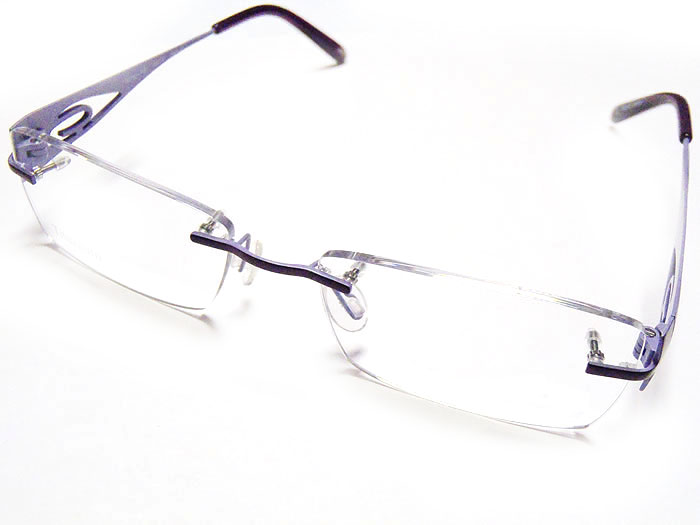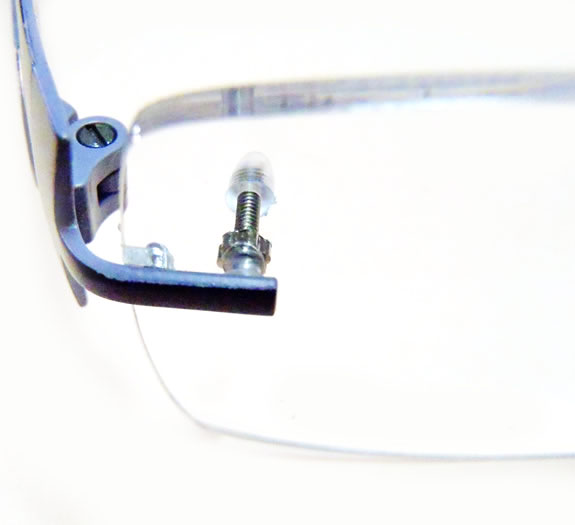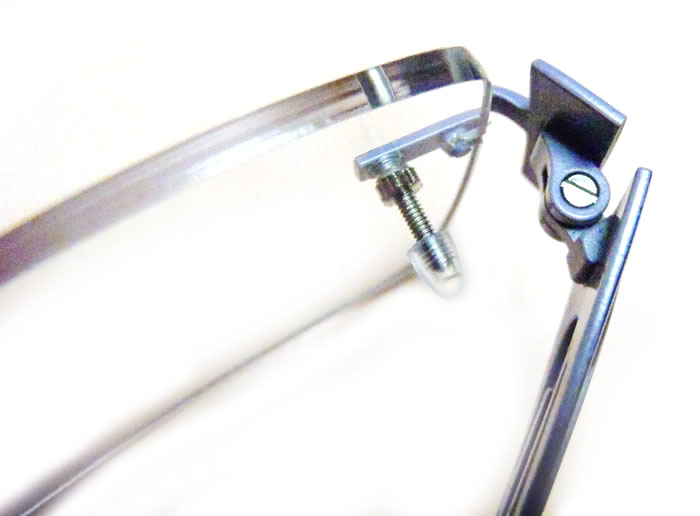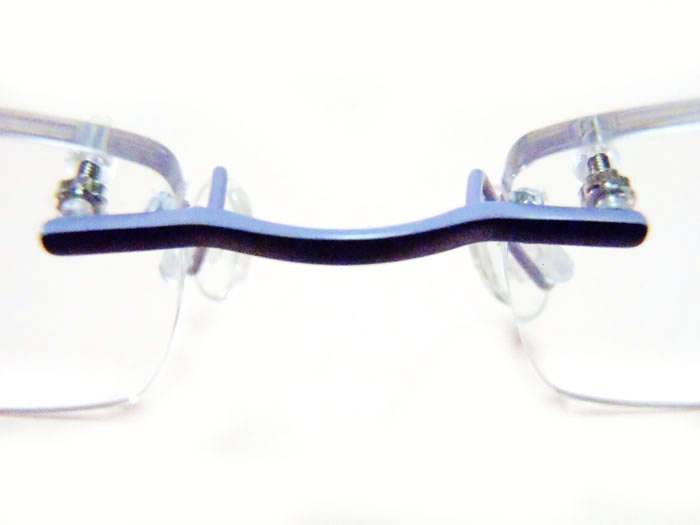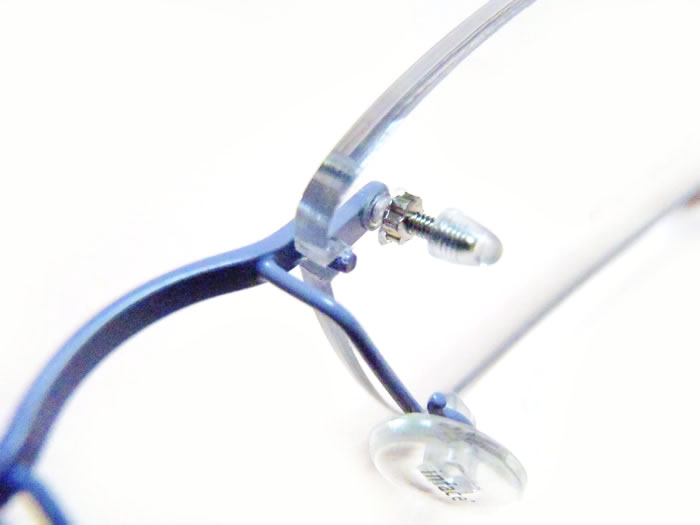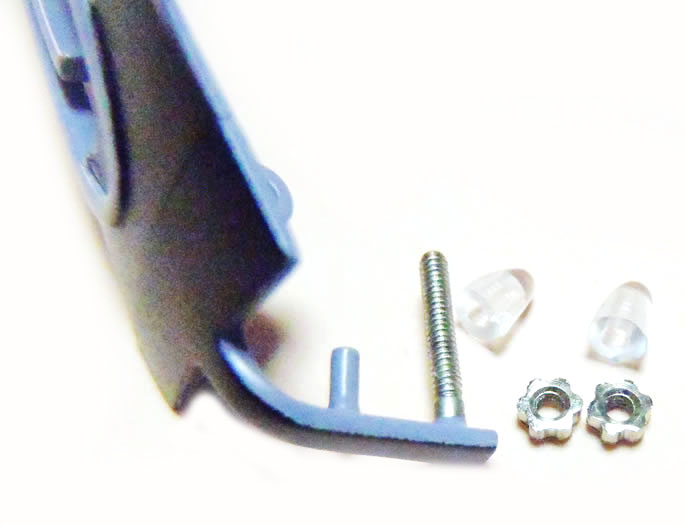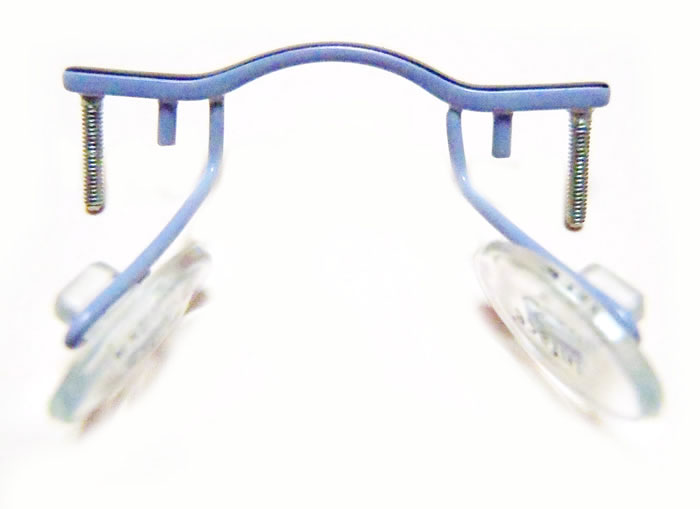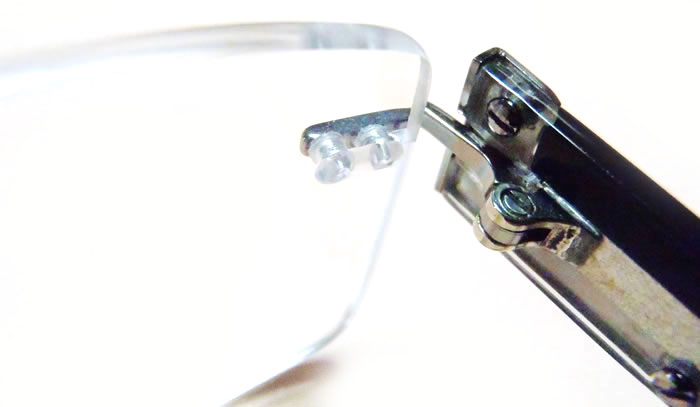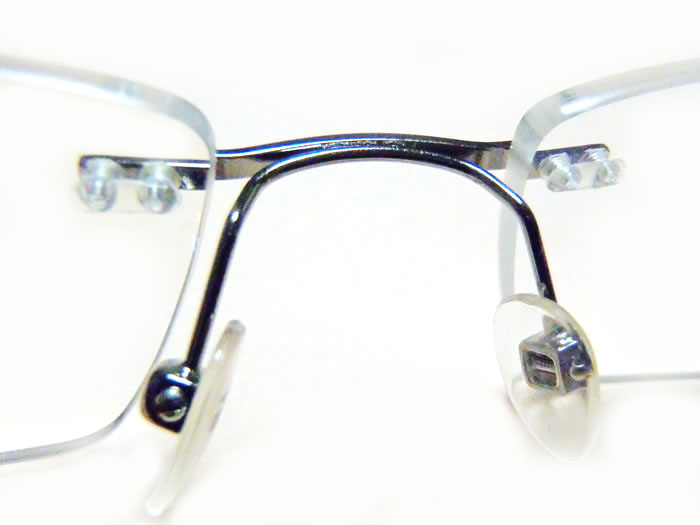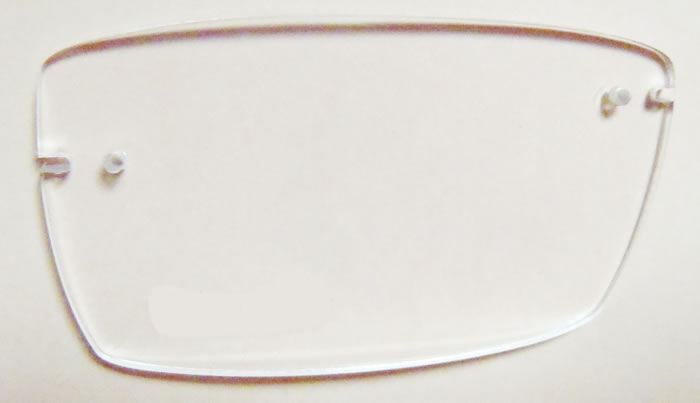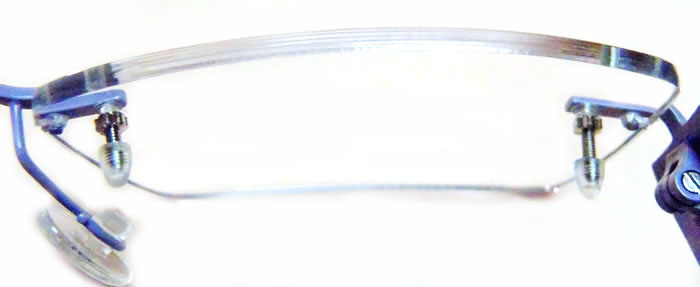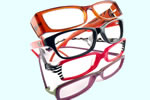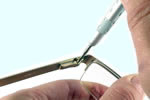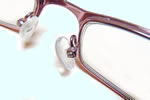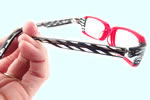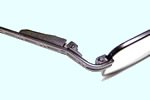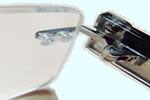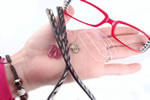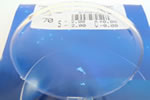Become Familiar With
Frameless Eyeglasses Parts
The easiest way to understand the frameless eyeglasses, also called rimless eyeglasses is to introduce you their parts like lenses and frame, compared with the parts of classical glasses ...
Gallery
Click any of the images on the page to see our photo gallery of rimless glasses components.
Parts of rimless eyeglasses
Although they are called frameless or rimless, this type of glasses have certain parts of traditional frames in another form.
Now we have a specific type of frame
Mainly because it lacks the frame front and lens not being surrounded by metal or plastic parts, the temples are attached directly to the lenses, in some holes made symmetrical.These are the components of this type of frame:
Temples: differ from traditional temple only in the front part where are fixed to lenses. They have one or two ends that come into the holes in the lens. Commonly two ends are used to be more reliable than one end set.
Otherwise, it's a common eyeglass temple with hinges and screw for mobility, made of various materials and have different colors. Most of the frameless eyeglasses have thin temples made of metal being easy and flexible.
The nose bridge: because the front part of the frame is missing, this connection system has the decisive role of keeping the lenses together on the nose.
Attached directly to the lenses, it has two threaded arms for the holes in the lenses, and other two arms for the nose pads.
Threaded ends or caps: temples and the nose bridge used in frameless glasses can have:
- Threaded ends that are screwed down after being fixed in the holes of the lens
2. Plastic caps that are joined with the metal ends of the temple or the nose bridge and once placed in holes of the lens they expand and will not move.
They last longer because are fixed in holes, and are not removable unlike the threaded ends that can become weak sometimes.
Nose pads, hinges and screws: they have nothing unusual here and can be of any kind or style like the ones used with any pair of glasses
Lenses are not protected by a frame front
This fact has advantages and disadvantages:
An obvious disadvantage is that they are more exposed to scratches and kicks, so I suggest you to choose some high quality lenses with hardening for superior durability.
An advantage is that you can choose almost any shape for your lenses if you don’t like the original template of the lens. I say "almost" because your choice should take into account certain aspects such as where will be the holes for temples, lens thickness and not least the final look of the glasses.
The material used for this kind of lenses is polycarbonate or plastic
Only these can be drilled to attach the temples and the bridge. Glass lenses do not allow drilling they are cracking.
Lenses must be part of a special polishing
Because of how they are attached to temples and nose bridge, the lenses must be polished without grooves, to have a stylish look and not be weakened.
Their edges are visible, so you have the option to choose between two ways of grinding them:
- Transparent edge
- Dull edge
The standard used in lens polishing is a bright, transparent edge, due to the elegant appearance.
Lately, there are different opinions that a transparent edge allows light rays to be reflected on the lens, damaging visual comfort, even disturbing the eyes and that is why it came the second version of the lens edge polishing: the dull edge.
My opinion is that dull edge counts only if the lenses are thicker, otherwise you can choose the transparent edge.
Over the years, I haven't met people among our customers, which were disturbed by the transparent edge.
As you can see the frameless eyeglasses have specific components. The big difference to the ordinary eyeglasses frame is no frame front. Therefore, here we have temples and nose bridge attached directly to the lenses with threaded ends or plastic caps.
Related Information
Rimless Eyeglass Frames shine your natural beauty.
Quick Links - Eyeglasses Parts
Home » Eyeglasses Parts » Frameless Eyeglasses
Was this information useful?
1. Like Perfect-Eyeglasses-Guide.com on Facebook.
2. Share this article with your friends:
